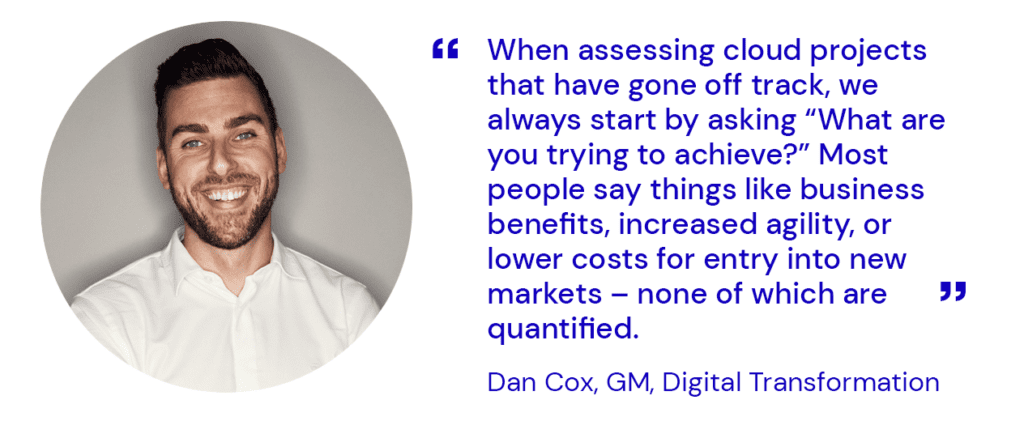Cloud Optimisation – What does ‘doing it right’ look like?
Over the years, many organisations have learned cloud lessons through lived experience – a transformation or cloud migration that ended up being more expensive or less effective than predicted.




